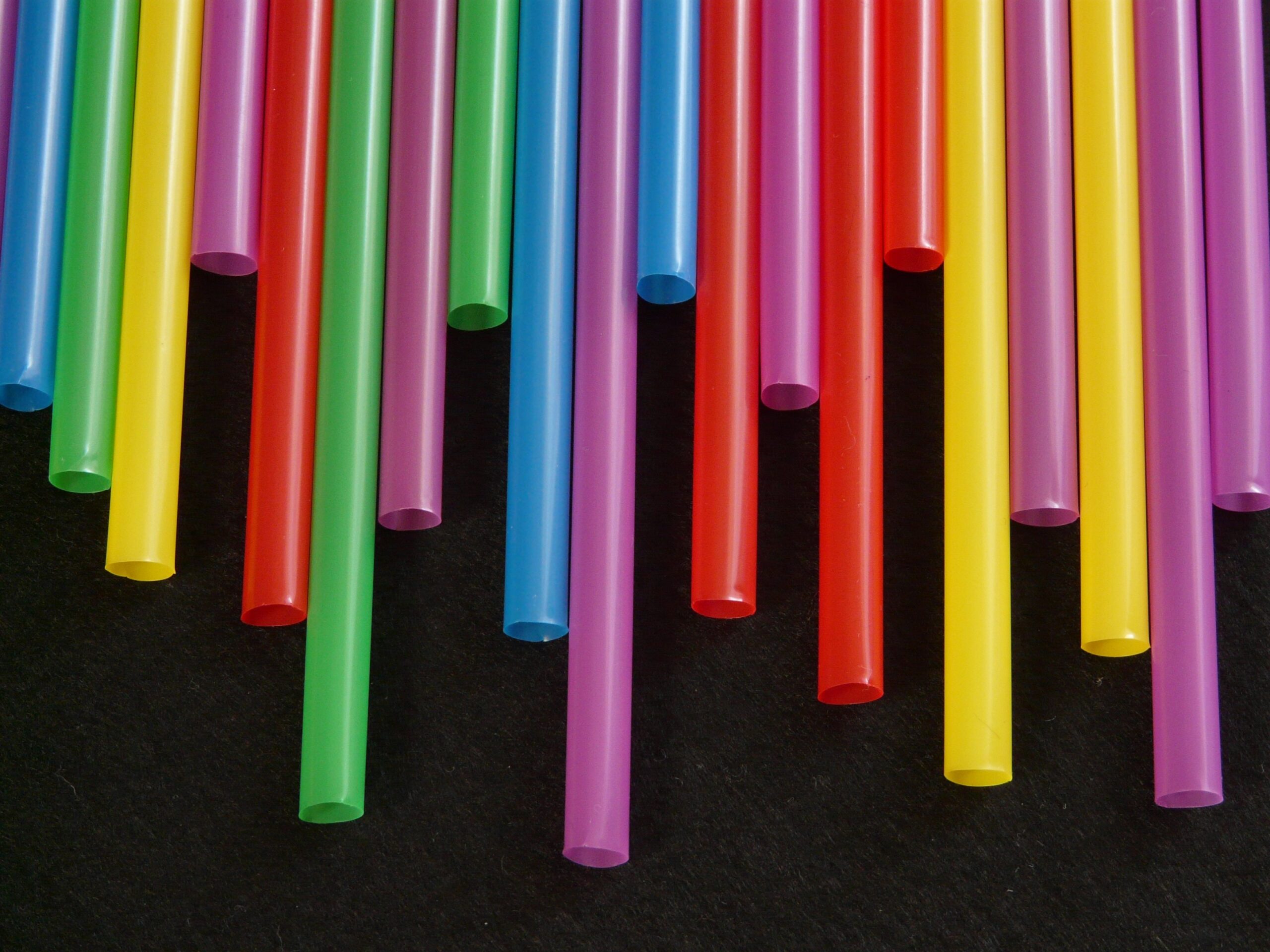Molding is a manufacturing process used to create complex and intricate shapes from raw materials such as plastic, metal, and ceramics. This process involves heating the material to a pliable state, then shaping it into the desired form using a mold. A plastic over-molding can enhance the strength of a material by doubling the plastic amount. It makes the product more compact and sturdy.
The molding process is widely used in various industries including automotive, medical, electronics, and construction, to produce a wide range of products from toys to complex components. However, the molded part may not be ready for use after it is removed from the mold.
To ensure that the molded part meets the desired specifications and quality standards, it is subjected to a series of post-molding operations and finishing processes. These operations are critical to the overall quality and functionality of the molded part and play a key role in determining the final appearance and performance of the product.
Post-molding operations refer to a series of processes that are performed after the molding of a part is complete. These operations are typically carried out to improve the surface finish, accuracy, and functionality of the molded part. Some common post-molding operations include trimming, drilling, tapping, sanding, painting, and assembly.
Trimming
Trimming is a post-molding operation that involves removing any excess material from the molded part to achieve the desired shape and size. This operation is typically performed using specialized trimming tools such as knives, saws, or shears. The trimming process is important because it ensures that the molded part meets the specified dimensions and tolerances.
The precision of the trimming operation is critical to the quality and functionality of the final product. Inaccurate trimming can result in a part that is too large or too small, which can affect its performance and lead to additional processing or even scrapping.
Drilling and tapping are post-molding operations that are used to create holes for screws or other fasteners. Drilling involves using a cutting tool to create a hole in the molded part, while tapping involves using a tool to create screw threads within the hole. These operations are critical for attaching the molded part to other components or for adding features such as hinges, latches, or mounting points. The accuracy of the drilling and tapping operation is important because it directly affects the performance and functionality of the final product.
Inaccurate holes can cause problems with fastener alignment, which can lead to reduced strength and stability. These operations are typically performed using specialized machines or hand tools and require a high degree of skill and experience to perform accurately.
Sanding
Sanding is used to improve the surface finish of the molded part, and painting is used to provide a protective coating or to change the appearance of the part. Assembly involves attaching multiple molded parts to form a complete product.
Finishing
Finishing is the final step in the post-molding process and is used to enhance the appearance and durability of the molded part. Finishing can involve several operations, including polishing, electroplating, anodizing, and electrocoating.
Polishing
Polishing is a finishing operation that is used to improve the surface finish of the molded part and remove any defects. This operation is typically performed using specialized polishing tools, such as buffing wheels, sandpaper, or abrasive compounds.
The goal of polishing is to achieve a smooth, uniform surface with a high degree of shine and luster. Polishing is important because it enhances the appearance of the molded part, making it more attractive to the end user. It also removes any surface defects that may have occurred during the molding process, such as scratches, chips, or uneven surfaces.
The precision of the polishing operation is critical to the overall quality and performance of the final product. Poorly polished parts can have a lower level of visual appeal and may not perform as intended.
Anodizing
Anodizing is a process that creates a protective oxide layer on the surface of aluminum parts, while electrocoating involves applying a paint coating to the part in a controlled and consistent manner. Finishing operations are critical to the overall quality and performance of molded parts and play a key role in determining the final appearance and functionality of the product.
Key Takeaway
Post-molding operations and finishing processes play a critical role in the overall quality and performance of molded parts. From trimming to remove excess material, to drilling and tapping to create holes for fasteners, to polishing and electroplating to improve appearance and durability, these operations are essential to producing high-quality molded parts. Proper post-molding operations and finishing processes can enhance the appearance and functionality of molded parts while improving the overall performance and reliability of the final product. By understanding the importance of these operations, manufacturers can ensure that their molded parts are of the highest quality.
